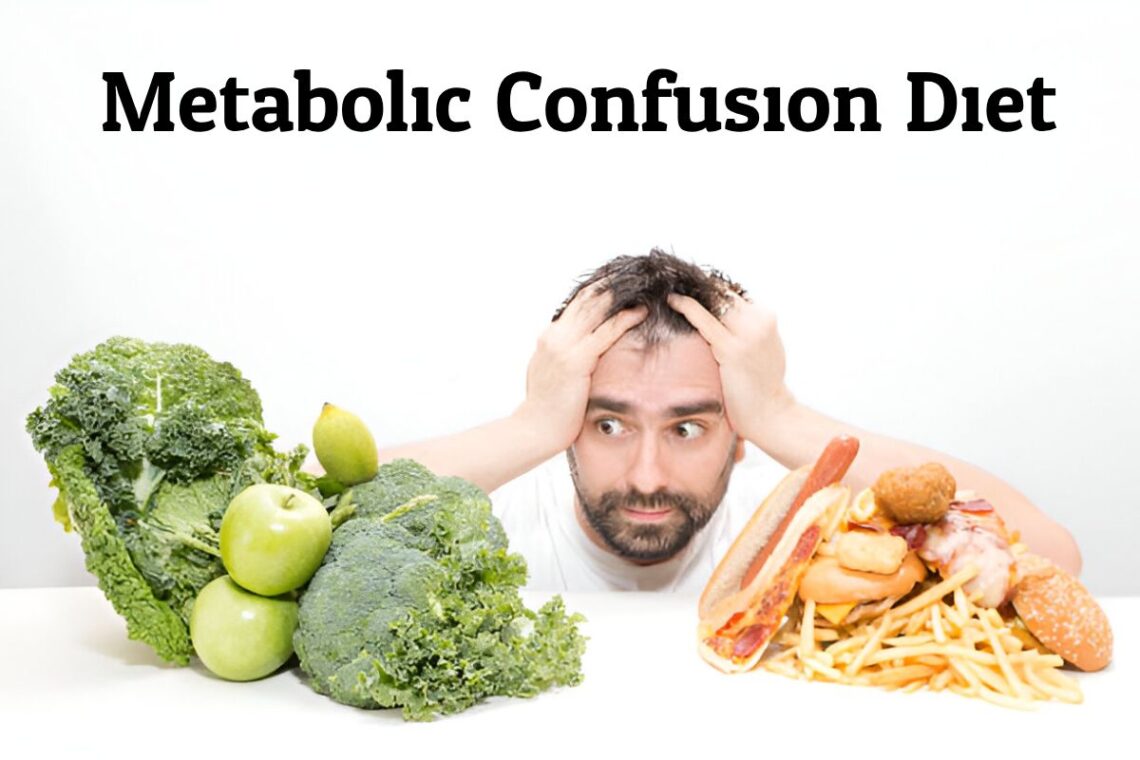Metabolic Confusion Diet has gained fame in recent years as a potential solution for those struggling with traditional weight loss methods. This approach to eating aims to “confuse” the body’s metabolism by varying caloric intake, potentially lead to more effective fat burning and weight loss. Let’s delve into what the metabolic confusion diet entails and how it might impact your weight loss journey.
What is the Metabolic Confusion Diet?
At its core, it is a eating plan that alternates between higher and lower calorie intake days or periods. Unlike strict calorie-counting diets, this approach introduces variability in daily energy consumption. The theory behind it suggests that by changing up your caloric intake, you can prevent your metabolism from adapting to a set calorie level, which often leads to weight loss plateaus.
How it Works?
The metabolic confusion diet operates on the principle of keeping your body guessing. By alternating between high and low-calorie days, proponents claim that this diet can boost your metabolic rate and enhance fat burning. For example, you might eat a normal amount of calories for a few days, followed by a day or two of significantly reduced calorie intake. This pattern is then repeated over time.
Potential Benefits
Advocates of the metabolic confusion diet argue that it offers several advantages over traditional dieting methods. One potential benefit is the prevention of metabolic adaptation, is the body becomes accustomed to a certain calorie level and weight loss stalls. By varying calorie intake, the metabolic confusion diet aims to keep the metabolism active and responsive.
Another proposed benefit is increased dietary adherence. The flexibility of the diet can make it easier for some people to stick to their weight loss plan long-term, as it allows for occasional higher-calorie days.
Implementing the Metabolic Confusion Diet
To follow the metabolic confusion diet, you would typically start by calculating your baseline calorie needs. From there, you would create a plan that alternates between days or periods of higher and lower calorie intake. For instance, you might eat 2000 calories for five days, followed by two days at 1200 calories, and then repeat this cycle.
It’s important to note that while calorie cycling is key to the diet, the quality of those calories still matters. Focusing on nutrient-dense foods, lean proteins, healthy fats, and complex carbohydrates is crucial for overall health and successful weight management.
Considerations and Potential Drawbacks
While the metabolic confusion diet shows promise for some individuals, it’s not without potential drawbacks. The varying calorie intake can be challenging to manage for some people, potentially leading to overeating on higher-calorie days. Additionally, the scientific sign supporting the effectiveness of metabolic confusion is still limited, with more research needed to fully understand its long-term impacts.
Is it Right for You?
Deciding whether to try or not depends on various factors, include your current health status, weight loss goals, and lifestyle. As with any significant dietary change, it’s wise to consult with a healthcare provider or registered dietitian before starting it. They can help you determine if this approach aligns with your specific needs and health objectives.
Conclusion
In conclusion, the metabolic confusion diet offers an intriguing alternative to traditional calorie-restricted diets. By introducing variability in caloric intake, this approach aims to keep the metabolism active and potentially enhance weight loss efforts. While it may be effective for some individuals, it’s important to approach with a balanced perspective, focusing on overall nutritional quality and sustainable habits for long-term health and weight management.

